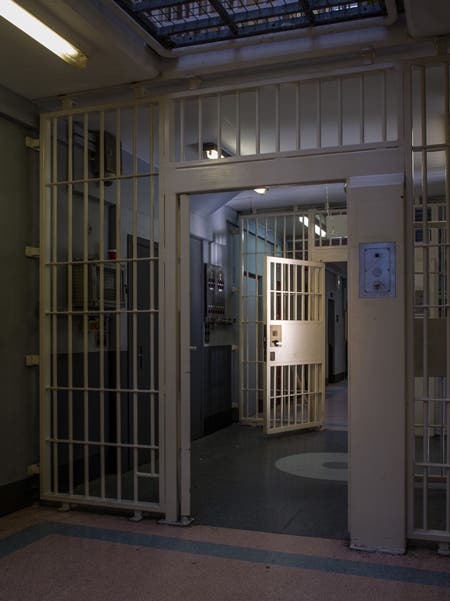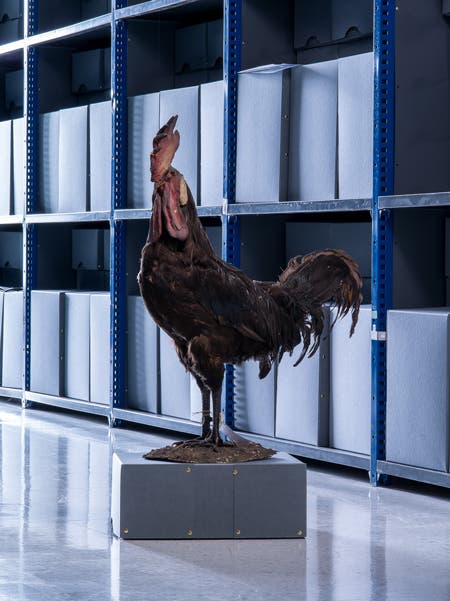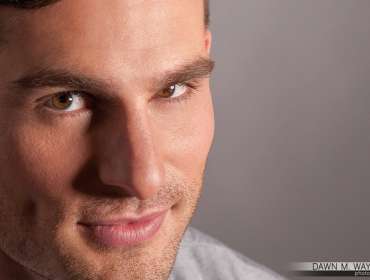We are more spoiled than ever before with choices in the digital medium format camera niche. With three entry-level medium format cameras on the market, including DSLR from Pentax and mirrorless offerings from Hasselblad and Fujifilm, digital medium format photography is within reach for more photographers than ever. It is still not a cheap option, but it’s possible to start building a reasonable new setup below $10K which is an opening, especially when compared to high-end medium format cameras with digital backs. Remember that even though this article is based on technical facts, I’m also offering my personal observations and preferences. We have a saying, “Point of view depends on where you sit…”, but we can’t be all sitting in the same chair.

Medium format’s sensor size is about 1.7 to 2.5* times the size of a full frame camera. When it comes to sensor size there are reasons why a bigger sensor makes a difference. When you read articles comparing various formats online, field of view (FoV) is often ignored at the cost of comparing ISO or resolution and size, while in my opinion FoV is one of the most visible differences between formats – straight out of the box. This is a particularly welcome fact when photographing architecture, for example, as we don’t have to worry so much about distortions when a 50mm lens gives us coverage of 35mm lens. Basically, medium format’s normal focal lengths become wide angle and short telephoto lengths become normal. They will have a field of view of a wider lens, keeping capabilities of minimal perspective distortion of a normal focal length. This difference applies to other types of photography, as well, and it gives us a more realistic and – for lack of a better word – more “classy” looking results at wider angles thanks to less distortion in resulting photographs. This is exactly the reason why I would choose medium format for the type of photography that might benefit from it in comparison to full frame. Smaller sensors might be easier to carry around, lighter, and less expensive to expand as a system, but they are lacking when it comes to translating architecture into photographs. Continuing this chain of thought, large format might be even more elegant, but I’m yet to test its offerings first hand, besides, let’s talk digital only for now. FoV also leads to another technical difference that no megapixels or fast primes can change for the smaller formats – bokeh capabilities of medium format cameras are a special breed and I explained why in first article of this this mini-series.





I’ll change the topic slightly to better explain some more and some less quantifiable qualities of using medium format. I recently went to the Resource Centre at the Natural History Museum of Ireland to photograph their bird collection, and a medium format camera mounted on a tripod felt as natural as possible for the job. Even though I packed all of my lights for the trip to Dublin planning to photograph everything in a completely controlled environment, I quickly slowed down to the speed of natural light and simply started shaping it using only black felt, reflectors and other tricks. I felt more in sync with the objects being photographed and the whole process was rather serene and an immersive experience.






A medium format camera tends to be more precise and less forgiving, forcing me to slow down and think twice. Someone will definitely point out that a certain level of restraint and discipline can lead to the same behaviour with any other type of camera, but I find medium format a great inhibitor of all distractions and a tremendous help in being more disciplined. It’s almost like using a strong magnifying glass to see exactly the bit we want to see. Angle, distance, light – everything has to be in sync, and because medium format is not really suitable for free-hand shooting (especially if someone’s used to high ISO and fast primes), we need to make sure that our frame includes exactly what we want. I find the process inspiring and it makes me work differently.

Let me come back to the “less forgiving” issue – there are actually some areas where medium format is actually more forgiving than other cameras. The first thing that will immediately jump out is the sheer resolution of medium format sensor. Even the smallest available medium format sensor of the Pentax 645D has 40MP* on the 44X33mm of size. Just to put it in perspective, it has enough resolution that it could be chopped into 30 separate Instagram photos at their full resolution (1080p). I know it’s not designed for this type of work, but in this digital age we don’t really know where some of our work might end up. Fortunately for us, the other end of this spectrum – print – is served perfectly well, too, and we are able to get razor sharp prints over A0 in size without upscaling – and this is still using the “small” Pentax 645D as an example. As for the forgiveness just think about the cropping that’s possible…



Another field where medium format can be quite flexible is dynamic range, and whether you make a mistake and underexpose by a large margin or simply want to save all data in the highlights then your wish to do so will be granted. I understand that many current cameras have quite extraordinary dynamic range, but thanks to the sheer size of pixels, medium format has something special to offer.



All in all comparing medium format to any other type of camera is not as simple as breaking down the numbers. Even within the medium format range cameras they differ when we look at their sensor sizes*. Once we take the financial aspect out of the way, I would suggest anyone fascinated by photography as a medium to try working with medium format. The cheapest option for owning and trying out medium format is film, and you can pick and choose both new and secondhand cameras at quite a reasonable price. Just check out the Lomography Diana F+ Medium Format Camera, the Lomography Belair X 6-12 City Slicker Medium Format Folding Camera, or browse secondhand offerings here on Adorama.
Without seeing with your own eyes how different it is to work with this type of camera, no words will really explain why you would want to choose medium format. It’s not for everyone, and definitely not for every project but whether you are a hobbyist, an artist or a commercial photographer – you won’t know until you try.












| Camera | Sensor Size in mm |
| Phase One IQ3 100MP | 53.7 × 40.4 mm |
| Leica S | 45 x 30 mm |
| Pentax 645Z | 44 x 33 mm |
| Hasselblad X1D | 44 x 33 mm |
| Fujifilm GFX 50S | 43.8 mm × 32.9 mm |
Excerpts from project photographed in Cork Prison
Excerpts from project photographed in Natural History Museum of Ireland Resource Centre
Phot 1 has basic adjustments made in Lightroom, photo 2 is cut into “Instagram size” squares, photo 3 is an “Instagram size” square highlighted in previous photograph – screenshot of 100% view, full screen photoshop on iMac 27 inch
phot 1 is off camera file – no adjustments, phot 2 is maxed out in Lightroom: exposure +2, highlights -100, shadows +100, phot 3 is toned down a bit from p2 version for more realistic look
Excerpts from various projects






